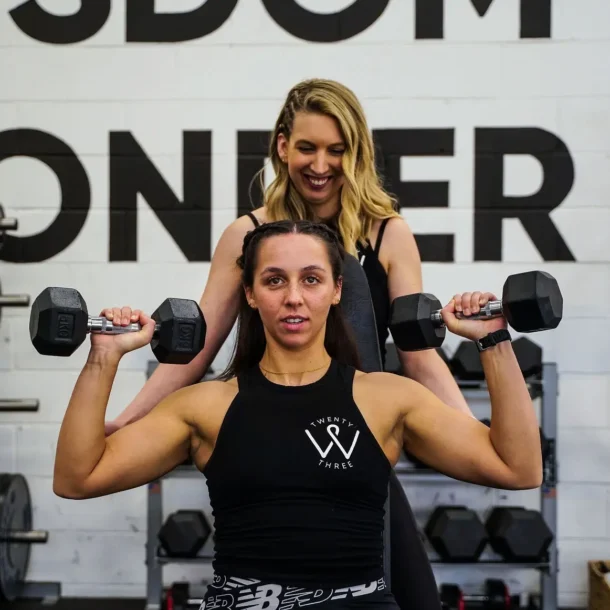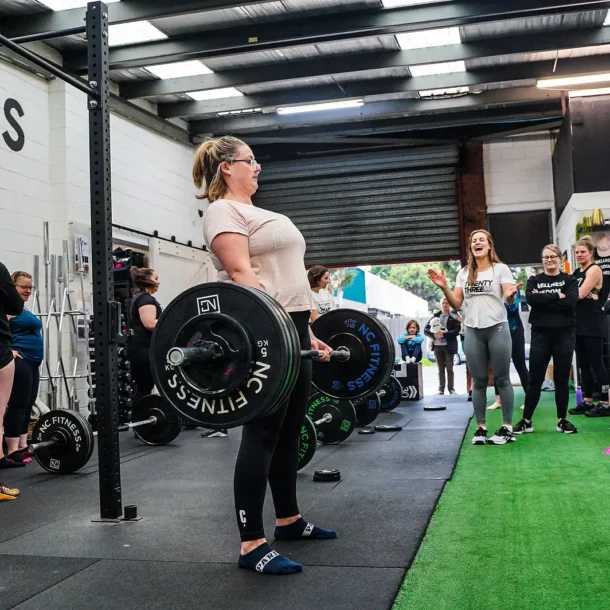
In my years of working as a personal trainer, I’ve encountered numerous clients who struggle with a common issue during their workouts: they can’t feel their glutes engaging. Despite performing countless squats, lunges, and other glute-targeting exercises, their legs do the heavy lifting while their glutes seem to be on a break. This phenomenon, often related to being “quad dominant,” can hinder the effectiveness of their training and slow progress towards stronger, well-defined glutes.
Being quad dominant means that the quadriceps, the muscle group at the front of the thigh, are overutilised in exercises where the glutes and hamstrings should ideally take more of the load. This imbalance is not something you’re born with; it develops over time due to factors like prolonged sitting and inadequate training practices, leading to tight hips and altered movement patterns.
To combat quad dominance and reawaken the glutes, we guide our 23W crew through several strategies:

Focus on Form: Encouraging clients to start each squat or lunge by lowering the hips back rather than bending the knees forward helps reinforce proper muscle recruitment patterns. This shift allows the glutes to engage before the quads, ensuring they work harder during the exercise.
End with Isolation Moves: Incorporating glute-focused exercises such as weighted hip thrusts or single-leg deadlifts at the end of a workout can help further fatigue the glutes, especially after the quads are already tired from earlier exercises.
Visualise and Connect: I often remind clients to visualise their glutes contracting during exercises. This mind-muscle connection is a powerful tool to enhance engagement and effectiveness of each movement.
Addressing quad dominance isn’t just about avoiding discomfort or injury; it’s about achieving balanced muscle development and functionality. For those still struggling, get in touch for a chat or book a session with the team. A few sessions can make a significant difference by providing tailored advice and adjustments to ensure that every workout brings you closer to your goals.






